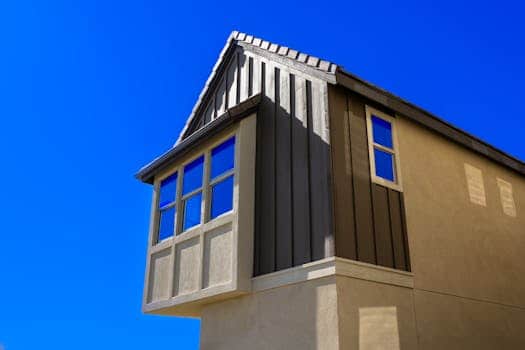Micro-Mobility and Real Estate: How E-Bikes Are Shaping Housing

As the world becomes increasingly urbanized and congested, city planners and developers are constantly searching for solutions to promote sustainable and efficient transportation. In recent years, micro-mobility, particularly in the form of electric bikes (e-bikes), has emerged as a promising solution to this issue. E-bikes not only provide a convenient mode of transportation, but they also have significant implications for the real estate market. In this article, we will explore the growing trend of micro-mobility and how e-bikes are shaping the housing landscape.
The Rise of Micro-Mobility
Micro-mobility refers to the use of compact, lightweight modes of transportation for short distances, usually within a city or town. Examples include bicycles, electric scooters, and small electric vehicles. With the rise of shared mobility services, such as Lime and Bird, micro-mobility has become more accessible and convenient for urban dwellers. These services allow users to rent e-bikes on-demand through a smartphone app, making them an attractive option for short trips and last-mile transportation.
Micro-mobility has gained popularity due to its affordability, convenience, and environmental benefits. E-bikes, in particular, have seen a surge in demand as they offer the same health and environmental benefits as traditional bicycles, but with the added convenience of electric assistance. E-bikes have become a game-changer for commuters, especially in congested cities where cycling may not have been a viable option due to long distances and hilly terrain.
The Impact on Real Estate
As more people embrace micro-mobility, the use of e-bikes is having a significant impact on the real estate market. One of the most prominent effects is the increased demand for bike-friendly infrastructure and amenities in neighborhoods and developments. According to a survey by the National Association of Realtors, 53% of homebuyers consider bike lanes to be an essential neighborhood amenity.
Developers and city planners are taking notice of this trend and incorporating bike-friendly features into their projects. This includes designated bike lanes, bike storage facilities, and even bike-sharing stations. These amenities not only attract potential homebuyers, but they also add value to the properties in these areas.
E-bikes are also influencing the location choices of homebuyers. As people become more reliant on micro-mobility, they are increasingly seeking out neighborhoods with bike-friendly infrastructure and easy access to public transportation. This has resulted in a rise in demand for properties in urban areas, which are typically more bike-friendly than suburban or rural areas.
The Future of Housing and Micro-Mobility
The growing popularity of micro-mobility is only expected to continue, and with it, its impact on the real estate market. As more cities invest in bike-friendly infrastructure and regulations to support e-bikes, micro-mobility will become even more accessible and desirable for residents. This, in turn, will drive demand for homes in these areas.
Furthermore, with the current trend towards more remote work options, people may become more willing to live further away from their workplace. This could lead to the development of bike-friendly suburban communities, with easy access to public transportation for longer commutes and convenient micro-mobility options for shorter trips.
Conclusion
E-bikes and micro-mobility are revolutionizing the way we think about transportation and its impact on the real estate market. As this trend continues to grow, we can expect to see more bike-friendly infrastructure and amenities in neighborhoods and developments. This will not only benefit residents, but it will also add value to properties in these areas. As we look to the future, it’s clear that e-bikes will play a significant role in shaping the housing landscape.










